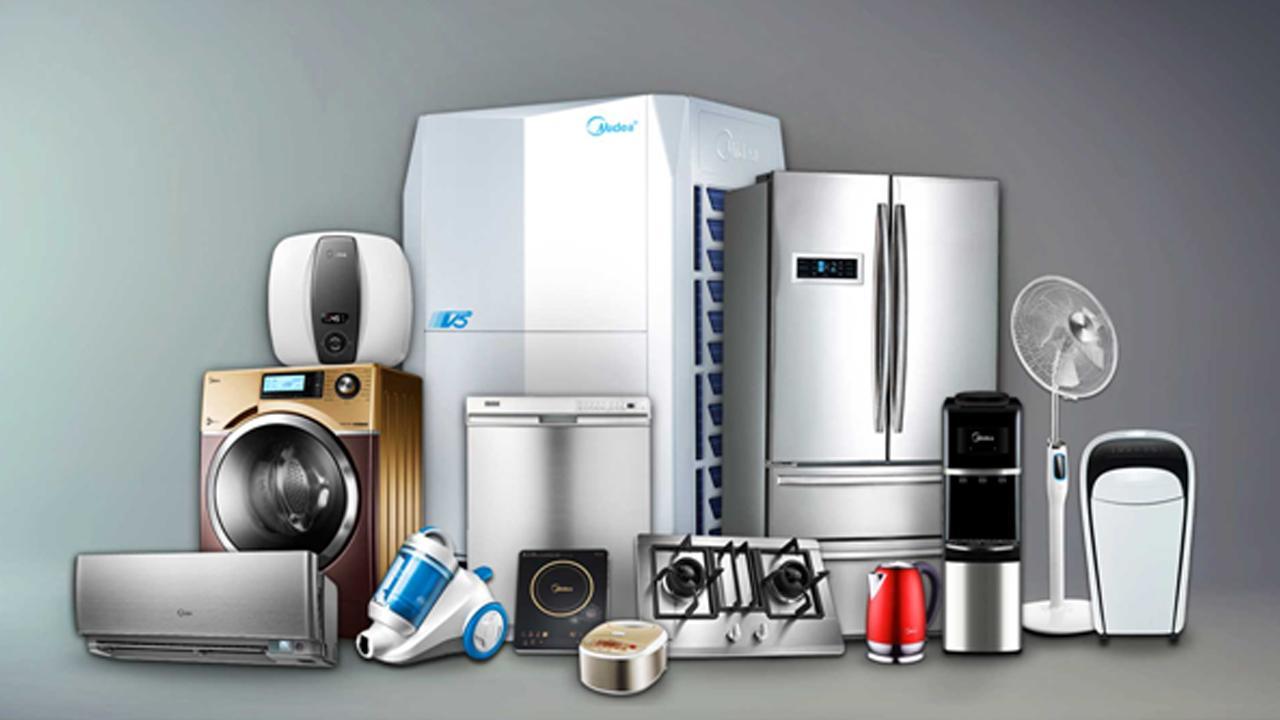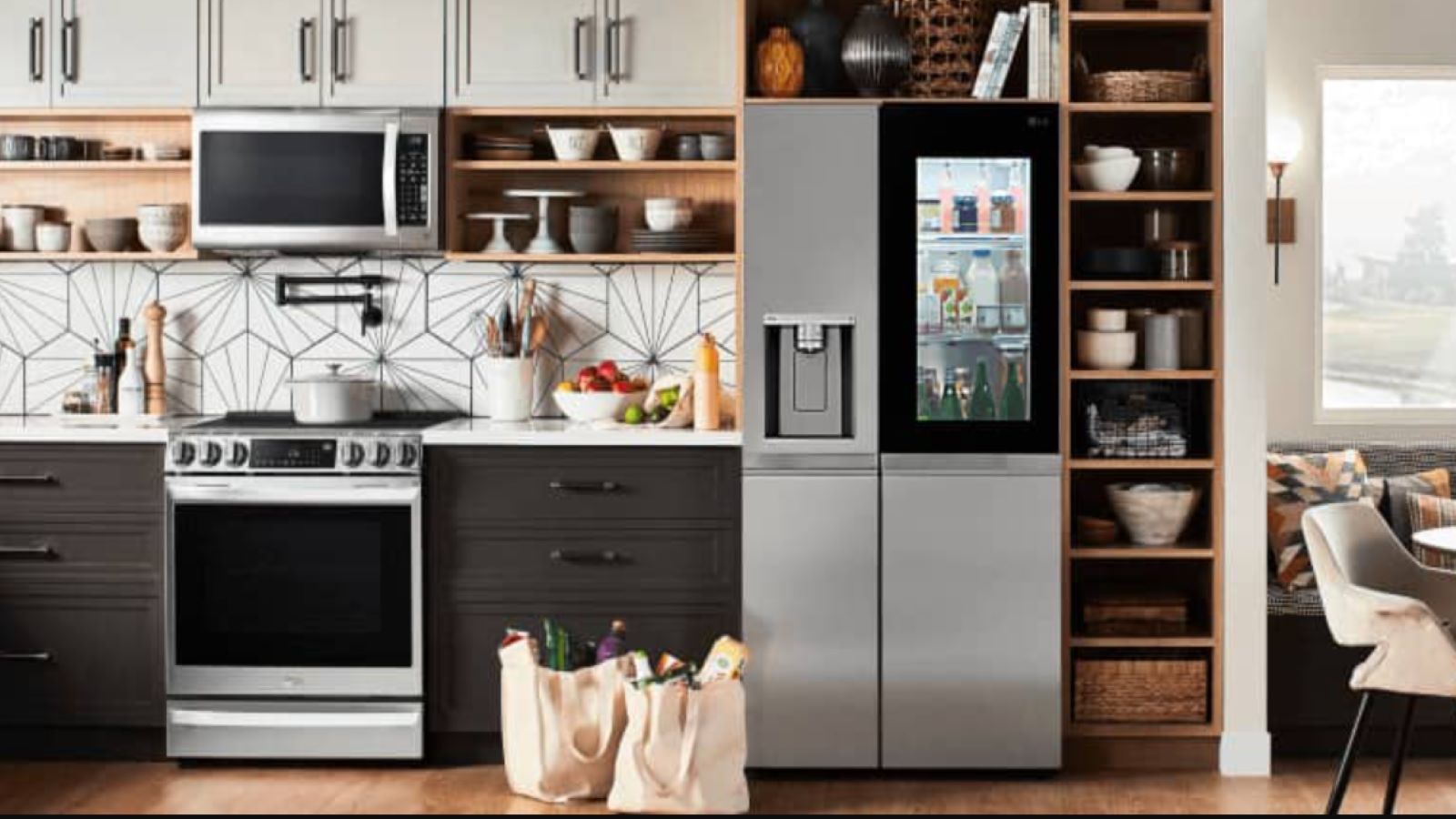Enhanced Government Regulations on White Goods: Comprehensive Examination 2023

Enhanced Government Regulations on White Goods: Comprehensive Examination 2023
Production Linked Incentive (PLI) schemes have been introduced by governments worldwide as a means to bolster domestic manufacturing and reduce the import of non-essential goods.
In India, the PLI scheme for white goods, including air-conditioners and LED lights, was rolled out with the aim of making the nation a global manufacturing hub for these products.
)
The Production Linked Incentive scheme was introduced by the Indian government to enhance manufacturing, export capabilities, and promote ‘Make in India’ across various sectors. Under this scheme, companies are incentivized based on their incremental sales, which encourages both local production and attracts foreign direct investment (FDI).
The government released a revised methodology for determining the value of output for captive use, sales to group firms, and sales to connected parties on Tuesday, tightening its control over the chosen applicants under the output Linked Incentive for white goods.
The updated rules include a new formula for calculating related-party sales value as well as a provision for the Project Management Agency to verify incentive claims. IFCI is the PLI implementing agency for white goods. The organisation is also responsible for advising manufacturers on the amount of incentives to offer.

Additionally, the new regulations provide the administrative ministry—in this case, the Department for Promotion of Industry and Internal Trade (DPIIT)—the right to inspect the beneficiaries’ industrial facilities. Earlier, the management agencies had access to this power.
These modifications are a result of disagreements on the scope of incentive claims made by Samsung, a manufacturer of mobile phones.
The sum requested by the corporation had been challenged by the government. The problem has been resolved following a second round of output number verification. According to reports, the corporation would receive Rs 500 crore for additional output in FY 21 as opposed to the original demand of Rs 900 crore.
As long as it is confirmed by a Cost Accountant, the updated methodology also permits employing cost plus criteria to determine arm’s length pricing when valuing transactions to related parties. Sale to unrelated parties continues to be the other commonly recognised version of the arm’s length concept. The revised regulations permit an additional 5% margin to be added when computing output per unit when using cost-plus criterion.

The criteria for calculating and claiming the incentives by the qualified enterprises under the PLI, which is now running for 14 industries, is the value of extra production utilising new investments. On white products, such as air conditioners and the parts that go with them as well as LEDs, the incentive amount ranges from 4 to 6 percent.
To the relief of businesses, the deadline for submitting claims for a financial year has been moved from October 31 to January 15 of the following year.
In addition, the enterprises may notify the government of an additional production location once three instead of two years have passed from the commencement of commercial production.
The upcoming tool room would be included to the plant and machinery when determining the investment amount.
The government has raised the investment threshold for firms intending to avail of the PLI benefits. This means companies need to commit to a higher amount of capital expenditure to qualify.

The revised rules now have a heightened emphasis on the utilization of local components in manufacturing. Firms have to prove a higher percentage of local content in their products to be eligible for incentives.
Instead of just focusing on incremental sales, companies now have to meet certain quality standards and other performance parameters to qualify for benefits.
enhanced rules mean that companies have to ramp up their local sourcing, invest more in infrastructure, and maintain higher standards of production. While this may pose challenges in the short term, it’s expected to lead to long-term benefits, fostering self-reliance and higher-quality production.
A focus on quality standards implies that consumers can expect better products in the market. However, there might be a marginal cost increase as manufacturers adjust to the revised norms.
The emphasis on local content opens up opportunities for local suppliers and component manufacturers. They can potentially see a surge in demand, leading to business growth and job creation.

By incentivizing domestic manufacturing, the government aims to reduce imports, improve the trade balance, and foster an ecosystem where India can become a global manufacturing hub for white goods.
Existing manufacturers might face challenges during the transition phase as they align their operations to meet the new criteria.While the emphasis is on boosting local manufacturing, the immediate availability and quality of local components might pose a challenge, requiring significant ramping up.
The heightened criteria could deter some smaller players or new entrants, potentially limiting competition in the market.
The tightening of PLI rules for white goods underscores the Indian government’s commitment to bolster domestic manufacturing capabilities and reduce dependence on imports. While these modifications pose certain challenges in the short term, they are a step towards ensuring that India emerges as a global powerhouse in white goods manufacturing. Stakeholders across the spectrum need to recalibrate their strategies to align with this vision and reap the long-term benefits.




